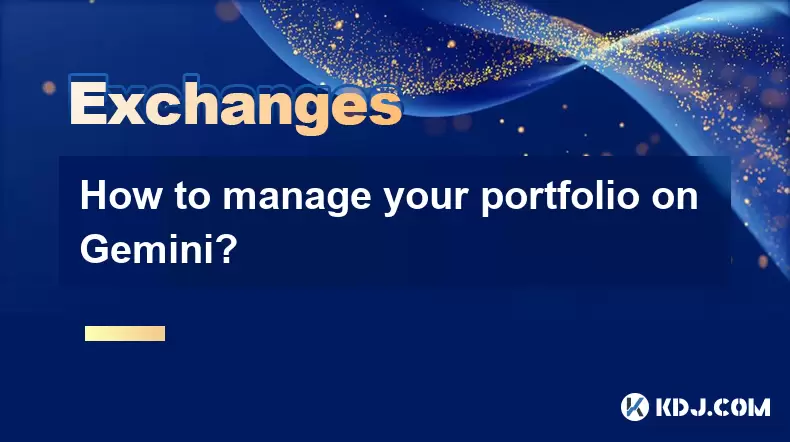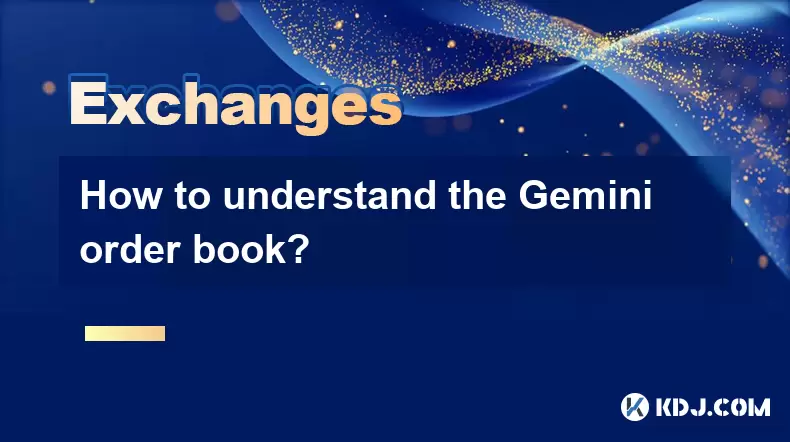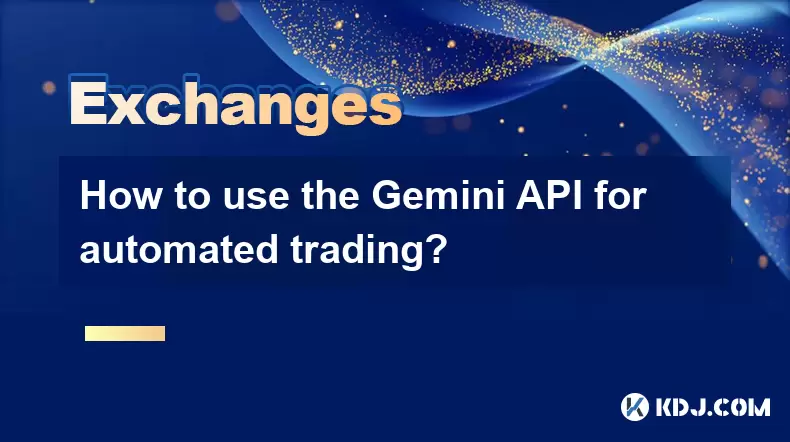-
 Bitcoin
Bitcoin $114400
1.32% -
 Ethereum
Ethereum $3499
2.20% -
 XRP
XRP $2.922
4.26% -
 Tether USDt
Tether USDt $0.0000
0.03% -
 BNB
BNB $752.6
1.53% -
 Solana
Solana $161.8
1.64% -
 USDC
USDC $0.9999
0.01% -
 TRON
TRON $0.3267
1.32% -
 Dogecoin
Dogecoin $0.1991
3.02% -
 Cardano
Cardano $0.7251
3.29% -
 Hyperliquid
Hyperliquid $38.32
3.36% -
 Stellar
Stellar $0.3972
7.58% -
 Sui
Sui $3.437
2.74% -
 Chainlink
Chainlink $16.29
3.65% -
 Bitcoin Cash
Bitcoin Cash $545.3
3.70% -
 Hedera
Hedera $0.2482
7.49% -
 Ethena USDe
Ethena USDe $1.001
0.03% -
 Avalanche
Avalanche $21.40
2.02% -
 Toncoin
Toncoin $3.579
1.56% -
 Litecoin
Litecoin $109.3
2.20% -
 UNUS SED LEO
UNUS SED LEO $8.951
-0.18% -
 Shiba Inu
Shiba Inu $0.00001220
2.75% -
 Polkadot
Polkadot $3.613
2.99% -
 Uniswap
Uniswap $9.173
3.78% -
 Monero
Monero $302.6
2.62% -
 Dai
Dai $0.0000
0.00% -
 Bitget Token
Bitget Token $4.320
1.52% -
 Pepe
Pepe $0.00001048
3.40% -
 Cronos
Cronos $0.1314
4.33% -
 Aave
Aave $259.4
3.54%
How to view historical orders on Upbit? Can data be exported?
To view historical orders on Upbit, log in, go to 'Trade', select 'Order History', and use filters like date range and order type; export via API or manual copy.
May 19, 2025 at 11:35 pm

Upbit, one of the leading cryptocurrency exchanges in South Korea, offers users a range of functionalities to manage their trading activities effectively. One of the key features that traders often seek is the ability to view their historical orders and potentially export this data for further analysis. This article will guide you through the process of viewing your historical orders on Upbit and discuss whether it's possible to export this data.
Accessing Your Upbit Account
To begin, you need to log into your Upbit account. If you are not already logged in, visit the Upbit website and enter your username and password. Once you are logged in, you will have access to various sections of the platform, including your trading history.
Navigating to the Trading History Section
After logging in, you need to navigate to the section where your trading history is stored. On the Upbit platform, this is typically found under the 'Trade' or 'Order' section. Here are the steps to find your trading history:
- Click on the 'Trade' tab located at the top of the Upbit interface.
- Select 'Order History' from the dropdown menu that appears. This will take you to a page that displays all your past orders.
Viewing Historical Orders
Once you are in the 'Order History' section, you will see a list of your past orders. This list includes important details such as the date of the order, the type of order (buy or sell), the cryptocurrency involved, the amount, and the status of the order (e.g., completed, canceled).
To view more detailed information about a specific order:
- Click on the order you want to examine. This will open a detailed view of the order, showing the exact time it was placed, the price at which it was executed, and any fees associated with the transaction.
Filtering and Sorting Historical Orders
Upbit allows users to filter and sort their historical orders to make it easier to find specific information. You can use the following options to customize your view:
- Date Range: Use the date range filter to view orders within a specific period. This is useful if you want to analyze your trading activity over a particular timeframe.
- Order Type: Filter by order type (e.g., market order, limit order) to see only the types of orders you are interested in.
- Status: Filter by the status of the order (e.g., completed, canceled) to focus on specific outcomes.
- Sorting: You can sort the orders by date, amount, or price to organize the data in a way that suits your analysis needs.
Exporting Historical Order Data
As of the latest updates, Upbit does not provide a direct feature to export historical order data in a format like CSV or Excel. However, there are a few workarounds that users can consider if they need to export their data:
- Manual Copy and Paste: You can manually copy the data from the 'Order History' page and paste it into a spreadsheet. This method is time-consuming but can be effective for small datasets.
- API Usage: Upbit offers an API that allows developers to access trading data programmatically. By using the Upbit API, you can write a script to retrieve your historical order data and export it to a file. This method requires some programming knowledge but can be automated for regular data exports.
To use the Upbit API for exporting data:
- Register for an API Key: Go to the Upbit API section on their website and register for an API key. This key will be used to authenticate your requests.
- Choose a Programming Language: Select a programming language you are comfortable with, such as Python or JavaScript.
- Write a Script: Use the Upbit API documentation to write a script that retrieves your order history and exports it to a file. Here is a basic example using Python:
import requests
import jsonapi_key = 'YOUR_API_KEY'
secret_key = 'YOUR_SECRET_KEY'
Set up the API request
url = 'https://api.upbit.com/v1/orders'
headers = {'Authorization': f'Bearer {api_key}'}
Make the request
response = requests.get(url, headers=headers)
Parse the response
data = json.loads(response.text)
Export to a CSV file
with open('order_history.csv', 'w') as file:
for order in data:
file.write(f"{order['uuid']},{order['side']},{order['market']},{order['price']},{order['volume']},{order['created_at']}\n")
This script will retrieve your order history and save it to a CSV file. You can customize the script to include more fields or filter the data as needed.
Frequently Asked Questions
Q: Can I view historical orders from a mobile device on Upbit?
A: Yes, you can view your historical orders on the Upbit mobile app. The process is similar to the desktop version: log in, navigate to the 'Trade' section, and select 'Order History' to see your past orders.
Q: Is there a limit to how far back I can view my historical orders on Upbit?
A: Upbit typically retains order history for a significant period, often up to several years. However, the exact duration may vary, and it's best to check the platform's documentation or support for the most current information.
Q: Can I share my historical order data with others on Upbit?
A: Upbit does not have a built-in feature to share your order history directly with others. If you need to share this data, you would need to export it using one of the methods described above and then share the exported file manually.
Q: Are there any third-party tools that can help with exporting data from Upbit?
A: Yes, there are third-party tools and services that can help with exporting data from Upbit. These tools often use the Upbit API to retrieve and export data. However, be cautious when using third-party services and ensure they are reputable and secure.
Disclaimer:info@kdj.com
The information provided is not trading advice. kdj.com does not assume any responsibility for any investments made based on the information provided in this article. Cryptocurrencies are highly volatile and it is highly recommended that you invest with caution after thorough research!
If you believe that the content used on this website infringes your copyright, please contact us immediately (info@kdj.com) and we will delete it promptly.
- Cold Wallet vs. MetaMask: A Web3 Wallet Revolution?
- 2025-08-04 06:30:12
- Chainlink Price Prediction: Bearish Continuation or a Bullish Reversal?
- 2025-08-04 06:35:12
- Bitcoin Price Wobbles: Options Analysis Points to Bullish Undercurrent Despite Dip
- 2025-08-04 04:30:12
- Ark Invest, Coinbase, and Bitcoin: Decoding the Crypto Investment Landscape in NYC
- 2025-08-04 04:30:12
- Ruvi AI: CoinMarketCap Listing and Audited Token Status Spark Investor Frenzy
- 2025-08-04 05:30:12
- BlockDAG, Cryptos 2025, and Live Exchange: What's Hot and What's Not
- 2025-08-04 05:50:11
Related knowledge

How to set and manage alerts on the Gemini app?
Aug 03,2025 at 11:00am
Understanding the Gemini App Alert SystemThe Gemini app offers users a powerful way to stay informed about their cryptocurrency holdings, price moveme...

What to do if you forgot your Gemini password?
Aug 04,2025 at 03:42am
Understanding the Role of Passwords in Gemini AccountsWhen using Gemini, a regulated cryptocurrency exchange platform, your password serves as one of ...

What are the websocket feeds available from the Gemini API?
Aug 03,2025 at 07:43pm
Overview of Gemini WebSocket FeedsThe Gemini API provides real-time market data through its WebSocket feeds, enabling developers and traders to receiv...

How to manage your portfolio on Gemini?
Aug 03,2025 at 10:36am
Accessing Your Gemini Portfolio DashboardTo begin managing your portfolio on Gemini, you must first log in to your account through the official websit...

How to understand the Gemini order book?
Aug 02,2025 at 03:35pm
What Is the Gemini Order Book?The Gemini order book is a real-time ledger that displays all open buy and sell orders for a specific cryptocurrency tra...

How to use the Gemini API for automated trading?
Aug 04,2025 at 02:08am
Understanding the Gemini API and Its Role in Automated TradingThe Gemini API is a powerful tool that enables developers and traders to interact progra...

How to set and manage alerts on the Gemini app?
Aug 03,2025 at 11:00am
Understanding the Gemini App Alert SystemThe Gemini app offers users a powerful way to stay informed about their cryptocurrency holdings, price moveme...

What to do if you forgot your Gemini password?
Aug 04,2025 at 03:42am
Understanding the Role of Passwords in Gemini AccountsWhen using Gemini, a regulated cryptocurrency exchange platform, your password serves as one of ...

What are the websocket feeds available from the Gemini API?
Aug 03,2025 at 07:43pm
Overview of Gemini WebSocket FeedsThe Gemini API provides real-time market data through its WebSocket feeds, enabling developers and traders to receiv...

How to manage your portfolio on Gemini?
Aug 03,2025 at 10:36am
Accessing Your Gemini Portfolio DashboardTo begin managing your portfolio on Gemini, you must first log in to your account through the official websit...

How to understand the Gemini order book?
Aug 02,2025 at 03:35pm
What Is the Gemini Order Book?The Gemini order book is a real-time ledger that displays all open buy and sell orders for a specific cryptocurrency tra...

How to use the Gemini API for automated trading?
Aug 04,2025 at 02:08am
Understanding the Gemini API and Its Role in Automated TradingThe Gemini API is a powerful tool that enables developers and traders to interact progra...
See all articles

























































































